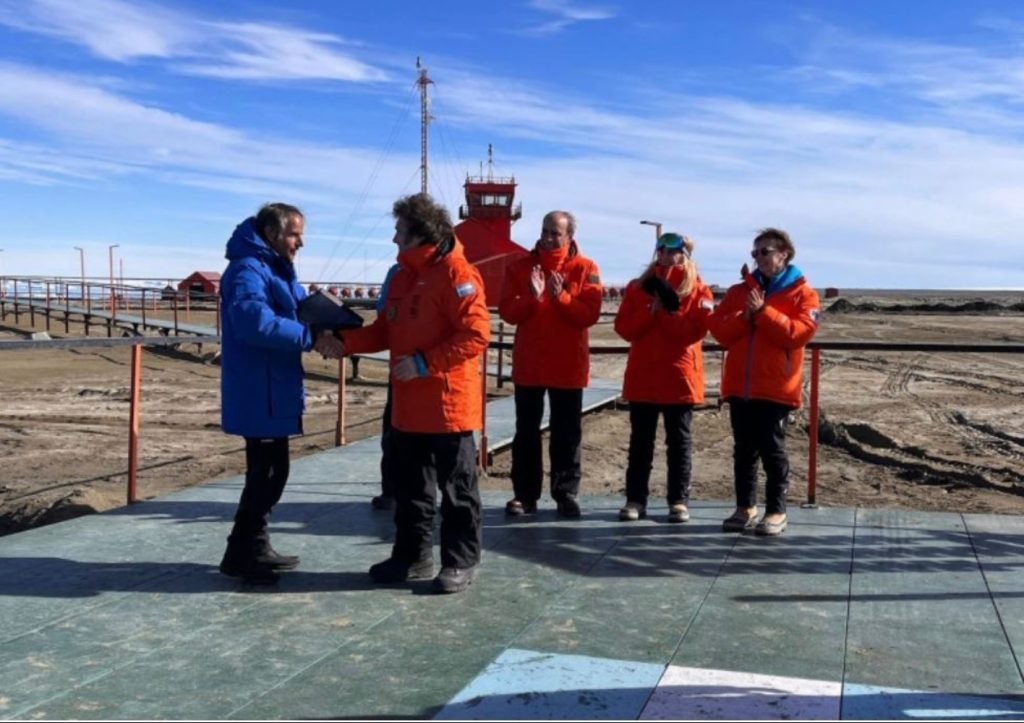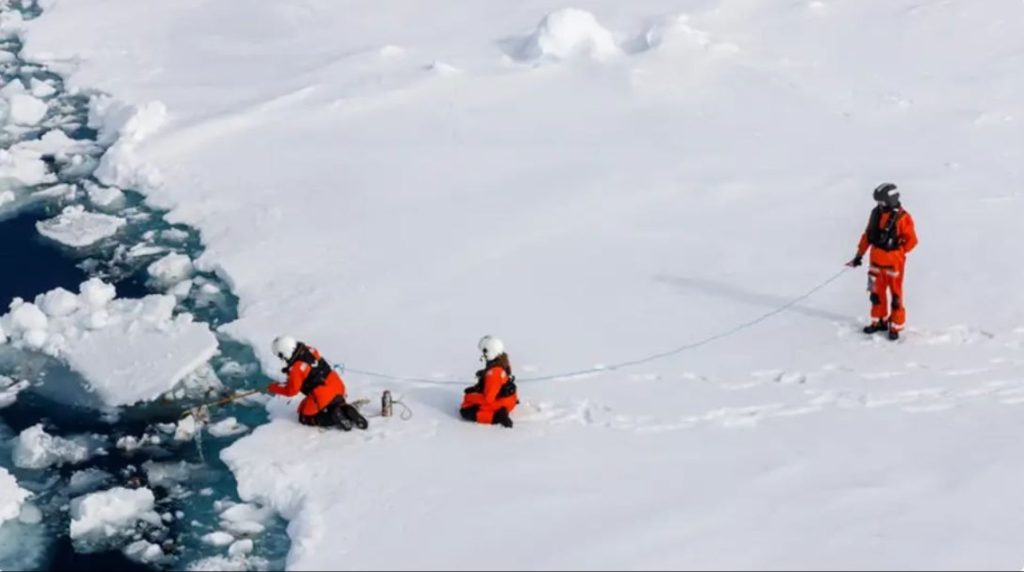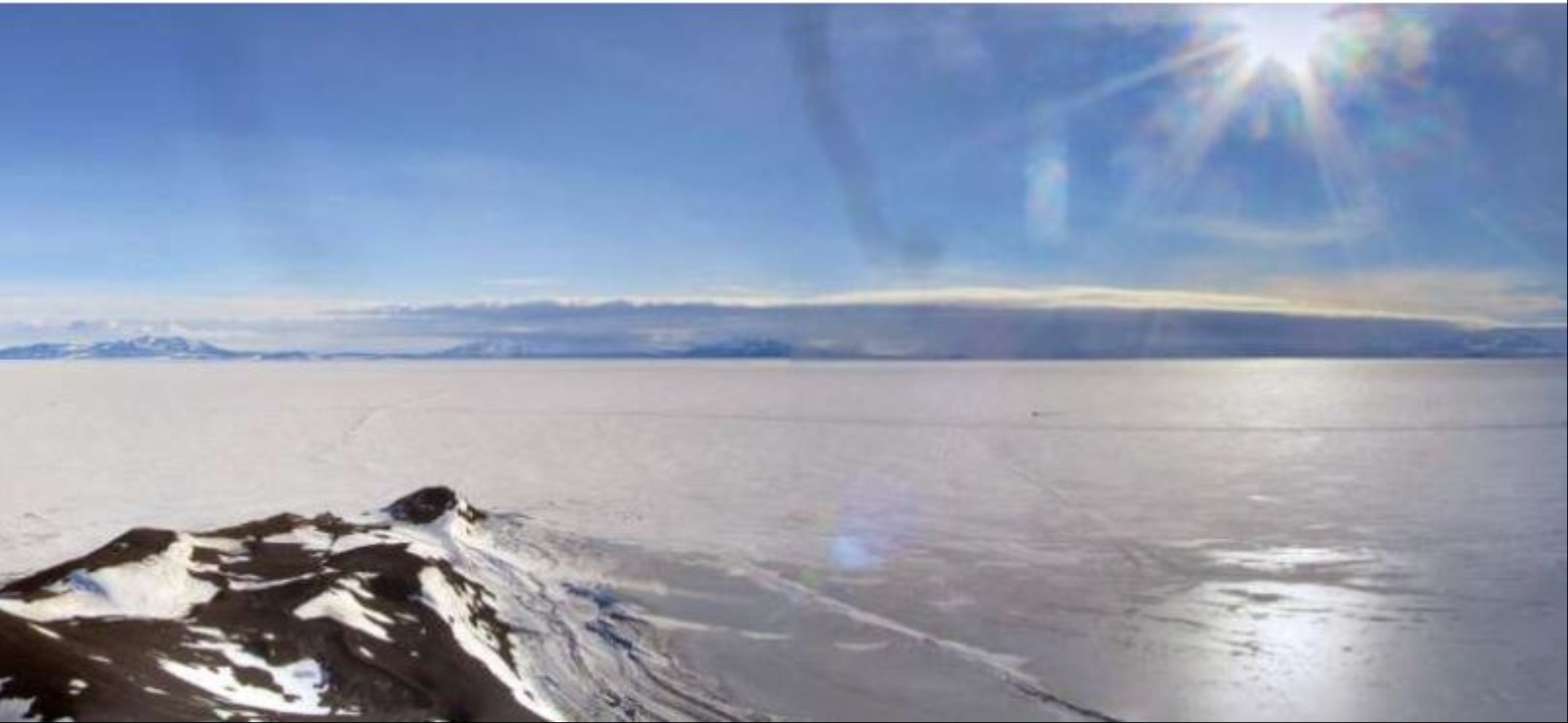Microplastics (plastic pieces much smaller than a grain of rice) are a global problem, but the international community still lacks the scientific data needed to make informed decisions.

The IAEA mission to Antarctica, the world’s southernmost continent, is being carried out through the IAEA’s NUTEC plastics initiative. Established in 2020, NUTEC is an IAEA flagship initiative to fight plastic pollution with nuclear technologies. To subscribe please click tau.id/2iy6f and access our live channel.
The International Atomic Energy Agency (IAEA), in cooperation with Argentina, launched its first scientific research expedition today to investigate the presence of microplastics in Antarctica as part of efforts to combat this growing environmental problem, even in the planet’s most remote areas.
DON’T MISS: Early Detection of Liver Cancer through AI
The two-person research team will set off for one month to assess the impact of microplastics by investigating its occurrence and distribution in seawater, lakes, sediments, sand, discharge water and animals of the Antarctic ecosystem near the Argentine Carlini scientific research station.
Nuclear and isotopic techniques are being used to produce data on marine microplastics distribution by sampling and analysing the prevalence of microplastics in the environment; herewith producing precise scientific data that represent important information for developing plastic mitigation and disposal measures and policies.

The presence of microplastics can contribute to accelerating the ice-loss in Antarctica by reducing ice reflectivity, altering surface roughness, promoting microbial activity, acting as thermal insulators, and contributing to mechanical weakening of the ice structure.
The first evidence of microplastics – plastic particles below 5 mm in diameter- found in Antarctic coastal fast ice, dates to 2009 when researchers from the University of Tasmania sampled sea ice in East Antarctica.
However, there is still almost no information available on where and how much microplastics arrive in the Antarctic and how much is taken up by Antarctic organisms. There is also very little data existing on the types of microplastics reaching this pristine area through ocean currents, atmospheric deposition and the presence of humans in the Antarctic.




